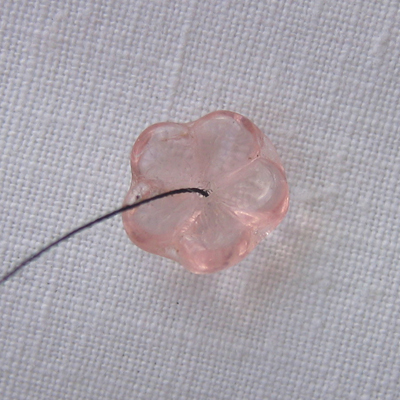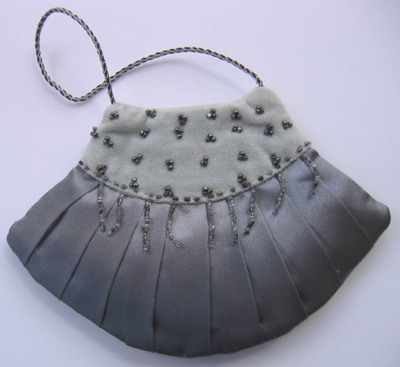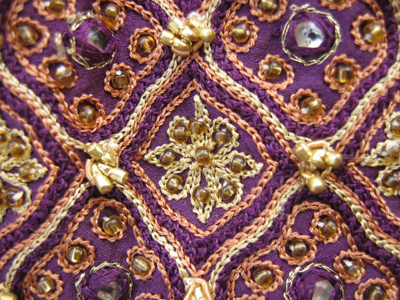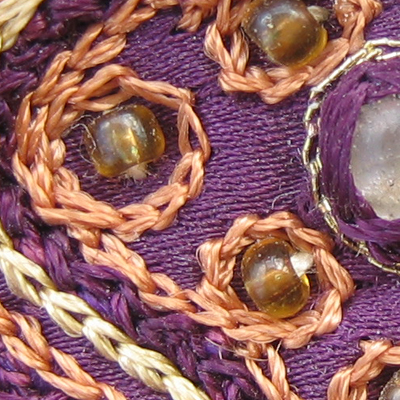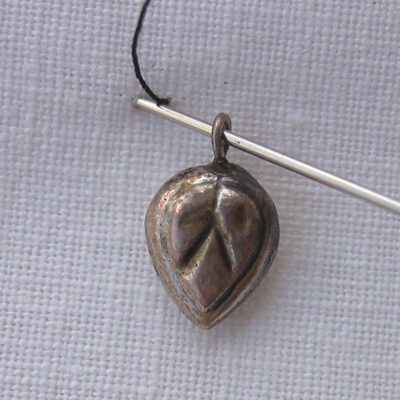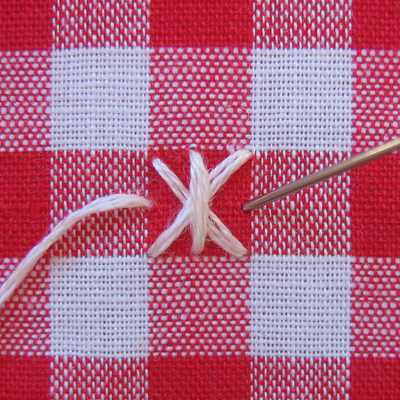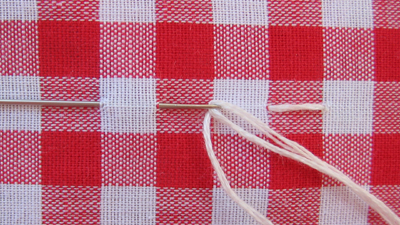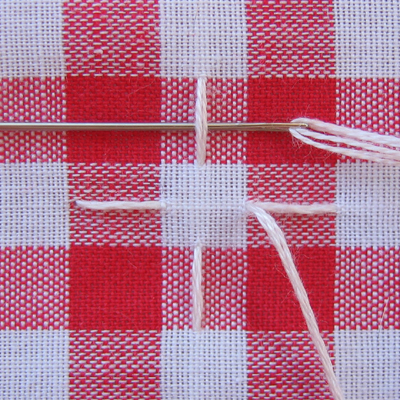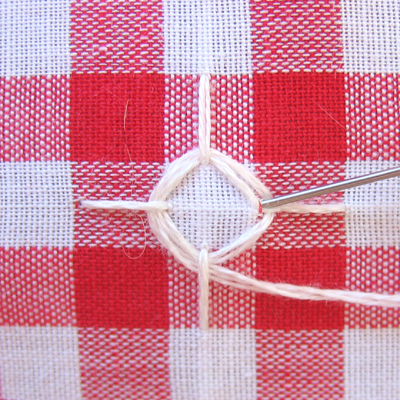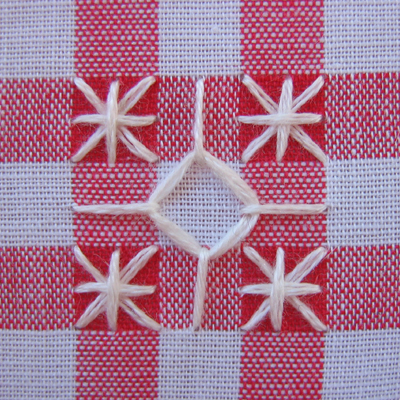So, where can you find cool beads to embellish your needlework? Here are some ideas:
• Bead shops. With the recent popularity of jewelrymaking, bead shops have popped up in most cities and they're great places to see (and touch) beads in person. A bit overwhelming perhaps but, if you can survive a fabric store, you can handle this, too!
• Craft, hobby, and fabric stores. JoAnn Fabrics, Michaels, Hobby Lobby, and A.C. Moore all have jewelrymaking sections, usually an aisle or two of beads and supplies. Nothing too fancy or out of the ordinary but a good selection of basics. I bought those tiny pearl beads that I used for the second Beads post at A.C. Moore.
• Online. There are tons of online bead shops, some that are offshoots of retail shops and some that have catalogs as well. Here are some popular ones:
Shipwreck Beads—huge selection including 2,800 styles and colors of seed beads
Fire Mountain Gems—celebrating their 35th anniversary/free catalog available
Bead Studio—there's also a retail shop in Ashland, OR
Beadstore—beads and embellishments from around the world
Happy Mango Beads—handcrafted, fair-trade beads from around the world
• Bead shows. These take place in various cities around the country (links below) and are mostly for serious jewelry artists. Lots of exotic stones, African trade beads, Middle Eastern and Indian metal charms. I've been to The Whole Bead Show, held in the ballroom of the Hotel Pennsylvania in New York City, and it was incredible. I've never seen so many cool things in one place before.
Bead and Button Show—an annual show in Milwaukee hosted by Bead and Button Magazine
Lapidary Journal has a show list here.
• Ebay. You know you can find anything and everything here. Search in:
Crafts>Bead Art>Craft Beads
Crafts>Bead Art>Charms
Jewelry & Watches>Loose Beads
• Vintage. Don't forget to look for vintage jewelry at flea markets and antique malls. You want pieces that have lots of beads and that don't cost too much. I found this 70s multi-strand necklace at a local shop for $3—just look at all those beads!
Feel free to share your sources in the comments.








